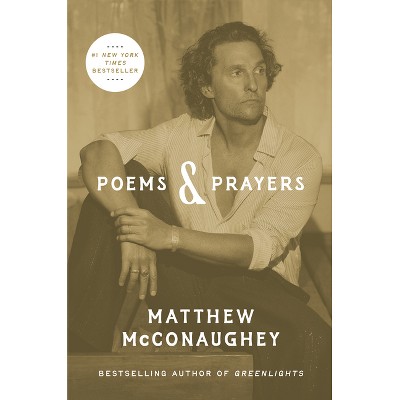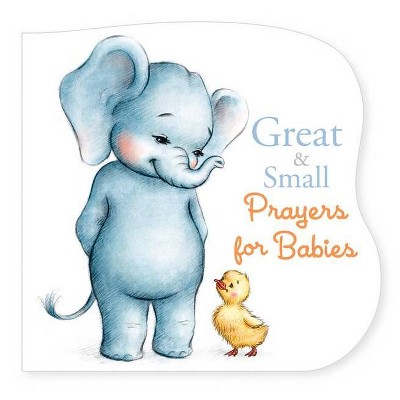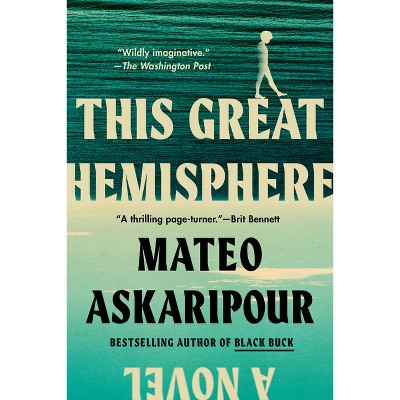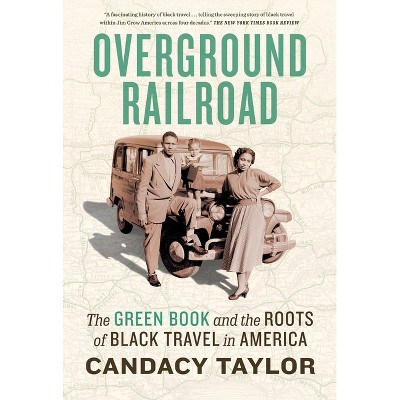Sponsored

The Carceral City - by John Bardes
In Stock
Sponsored
About this item
Highlights
- Americans often assume that slave societies had little use for prisons and police because slaveholders only ever inflicted violence directly or through overseers.
- Author(s): John Bardes
- 428 Pages
- History, African American
Description
About the Book
"Americans often assume that slave societies had little use for prisons and police because slaveholders only ever inflicted violence directly or through overseers. Mustering tens of thousands of previously overlooked arrest and prison records, John Bardes demonstrates the opposite: in parts of the South, enslaved and free people were jailed at astronomical rates. Slaveholders were deeply reliant on coercive state action. Authorities built massive slave prisons and devised specialized slave penal systems to maintain control and maximize profit. Indeed, in New Orleans--for most of the past half-century, the city with the highest incarceration rate in the United States--enslaved people were incarcerated at higher rates during the antebellum era than are Black residents today. Moreover, some slave prisons remained in use well after Emancipation: in these forgotten institutions lie the hidden origins of state violence under Jim Crow. With powerful and evocative prose, Bardes boldly reinterprets relations between slavery and prison development in American history. Racialized policing and mass incarceration are among the gravest moral crises of our age, but these crises are not new: slavery, the prison, and race are deeply interwoven into the history of American governance"--Book Synopsis
Americans often assume that slave societies had little use for prisons and police because slaveholders only ever inflicted violence directly or through overseers. Mustering tens of thousands of previously overlooked arrest and prison records, John K. Bardes demonstrates the opposite: in parts of the South, enslaved and free people were jailed at astronomical rates. Slaveholders were deeply reliant on coercive state action. Authorities built massive slave prisons and devised specialized slave penal systems to maintain control and maximize profit. Indeed, in New Orleans--for most of the past half-century, the city with the highest incarceration rate in the United States--enslaved people were jailed at higher rates during the antebellum era than are Black residents today. Moreover, some slave prisons remained in use well after Emancipation: in these forgotten institutions lie the hidden origins of state violence under Jim Crow.
With powerful and evocative prose, Bardes boldly reinterprets relations between slavery and prison development in American history. Racialized policing and mass incarceration are among the gravest moral crises of our age, but they are not new: slavery, the prison, and race are deeply interwoven into the history of American governance.
Review Quotes
"Scholars and students in a plethora of fields will benefit from John K. Bardes's outstanding book The Carceral City. Superbly researched and written, this study contends that the nation's carceral crisis is more than two centuries in the making, with origins long predating the Jim Crow era."--American Historical Review
"Bardes's book is poised to make an important contribution to our understanding of criminal justice, state formation, and slavery--and how they related to each other. With so much of the work on American mass incarceration focused on the twentieth century, The Carceral City will shift our focus back to the nineteenth century, when the first of what Bardes calls two eras of mass incarceration occurred."--Adam Malka, University of Oklahoma
"John K. Bardes's comprehensive monograph . . . complicates the prevailing scholarly narrative about the relationship between slavery and incarceration, insisting that the two were mutually constitutive. . . . [E]ssential reading for understanding the historical roots of the carceral state . . . [and] the continued criminalization, imprisonment, and dehumanization of incarcerated Black people throughout the United States."--North Carolina Historical Review
Shipping details
Return details
Trending Non-Fiction











